Sadequain is one of the greatest self taught calligrapher and painter of all time. He was not only a skilled maestro of his craft but a silent intellectual whose work speaks for his transcendent thought. Born in 1923 in the state of Uttar Pardesh in the family of calligraphers his full name is Syed Sadequain Ahmed Naqvi.
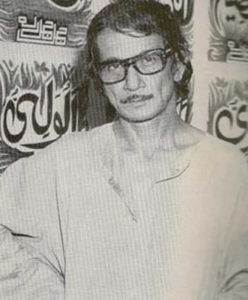
Sadequain’s spark was not only about how skillfully he could paint or form a stroke or his understanding of composition and texture but also how masterfully he could transform his surroundings and his observations into his paintings.
In order to understand Sadequain’s work one must be familiar with rubaiyat and poetry by Iqal, Faiz, and Ghalib. As many of his paintings revolve around the phrases from many aforementioned Muslim poets of subcontinent thus, these paintings could only be encoded by the one who has cultural familiarity as well as inquisitive mind. His murals from Lahore Museum’s ceiling, Wapda House Wall, and Frere House Karachi ceiling speaks of his hidden wisdom behind his master strokes. In his most celebrated murals one can see inclination towards cosmos through the lens of Iqbal, and various other verses and poetry on marifat.

For some time he stayed in remote shores of Gadani in Karachi where he first encountered the plant cactus. He got so inspired by its, shape, form and symbolism that he began to use its form in his later paintings, for him the plant depicted human struggles and sufferings. Since he was a brilliant calligrapher one of his most distinct and original painting inspired by cactus was calligraphy where he integrated the shape of cactus into the Arabic alphabets.
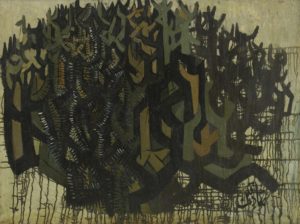
During 60s when he visited Paris and stayed there for a while he become heavily influenced by the style of Picasso.
We see many great master painters and calligraphers in the world but the secret of becoming great hides behind being “skillfully original”. Thus, the brilliance of Sadequain lay in his unique inspirations which are depicted in all his paintings from calligraphy to the form of cactus to influence of Picasso and Sufi and Urdu poetry.

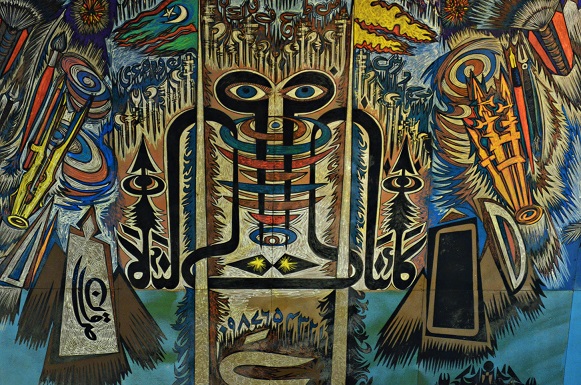
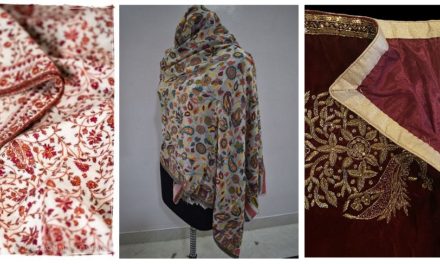
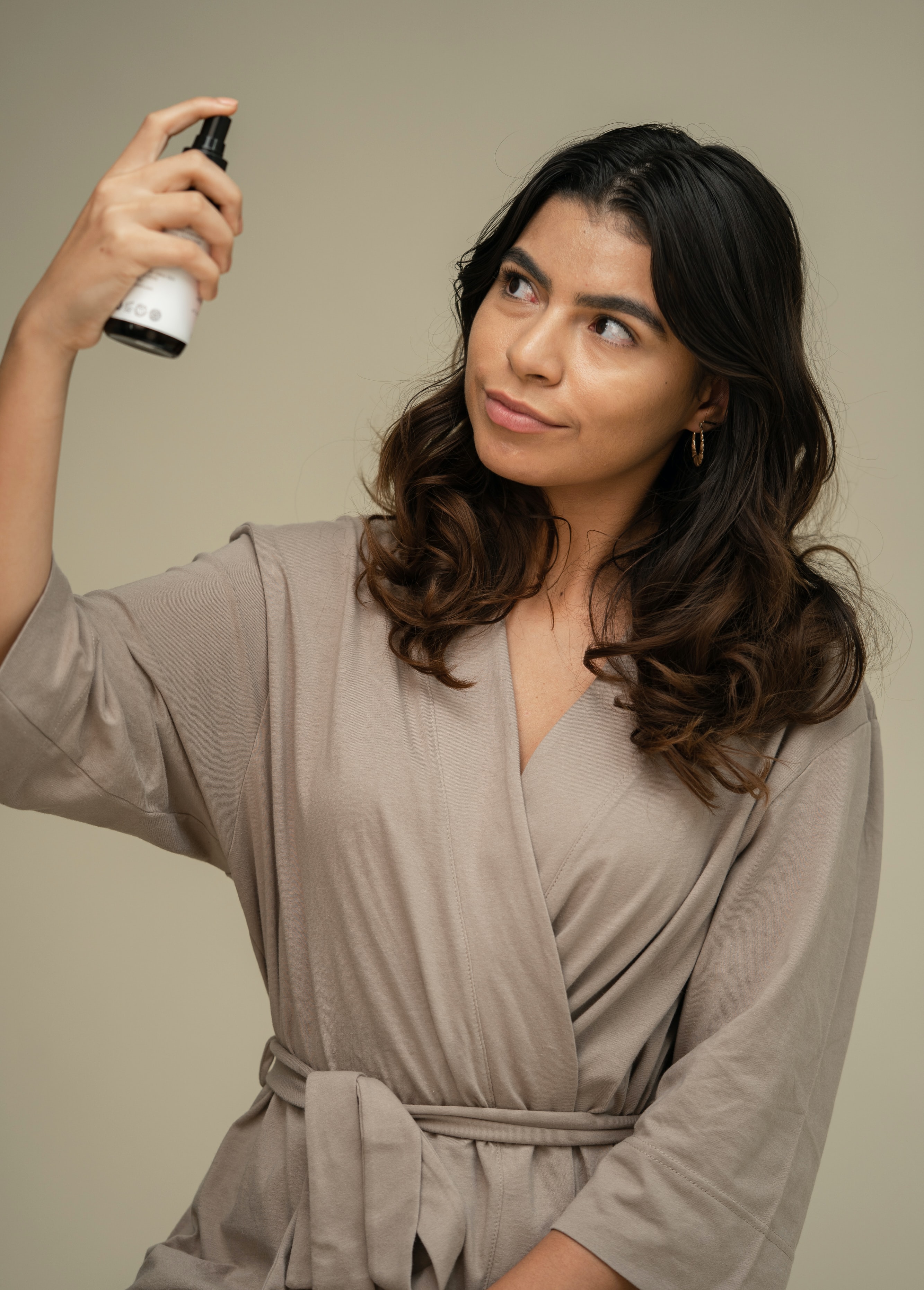
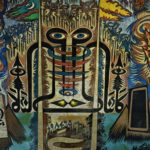

Recent comments